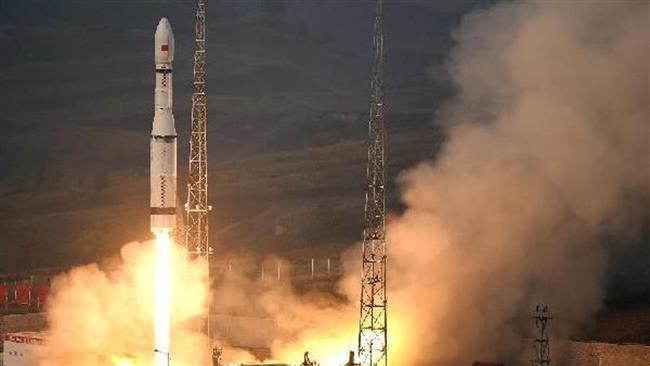-
Tips for becoming a good boxer - November 6, 2020
-
7 expert tips for making your hens night a memorable one - November 6, 2020
-
5 reasons to host your Christmas party on a cruise boat - November 6, 2020
-
What to do when you’re charged with a crime - November 6, 2020
-
Should you get one or multiple dogs? Here’s all you need to know - November 3, 2020
-
A Guide: How to Build Your Very Own Magic Mirror - February 14, 2019
-
Our Top Inspirational Baseball Stars - November 24, 2018
-
Five Tech Tools That Will Help You Turn Your Blog into a Business - November 24, 2018
-
How to Indulge on Vacation without Expanding Your Waist - November 9, 2018
-
5 Strategies for Businesses to Appeal to Today’s Increasingly Mobile-Crazed Customers - November 9, 2018
China’s new Long March-6 carrier rocket blasts off into space
Another rocket, the Long March 11 carrier rocket (CZ-11) is expected to be launched in Jiuquan, in Northwest China’s Gansu Province on September 25, carrying three satellites.
Advertisement
China successfully launched its Long March 6 carrier rocket for the first time on Sunday morning, when it blasted off from the Taiyuan Satellite Launch Center in north China’s Shanxi Province, taking 20 micro satellites into space for tests.
Long March 6 uses fuel composed of liquid oxygen and kerosene, which is said to be free of toxicity and pollution.
“Using such propellant can cut costs by a great margin”, he said.
The 20 satellites were developed by prestigious universities in China including Zhejiang University, Tsinghua University and other research institutes.
“We believe it will greatly boost the competitiveness of Chinese carrier rockets in the worldwide market”, Zhang Weidong, chief designer at the Shanghai Academy of Spaceflight Technology, told Xinhua. “The new model will also significantly improve our ability to access space”, Zhang said.
The small satellites will be used for “experiments” in technology and new products, CCTV said, but gave no details.
The launch on Sunday has tested the feasibility and accuracy of the rocket’s design as well as other new technologies.
While the Long March 6 has only a modest lift capability of 1,080 kg, the launch was the crucial first full flight test of the new YF-100 engine, which is required to make China’s ambitious space plans possible.
China’s “Long March” Rocket family is named after an epic journey by Communist forces escaping the then ruling Kuomintang in the 1930s. China’s space programme, which has potential military applications, is shrouded in secrecy.
China produces a homegrown satellite navigation system and launches its own satellites.
Advertisement
In 2013, China landed a rover dubbed Yutu on the moon, making it only the third nation after the United States and Soviet Union to land on the Earth’s natural satellite. All of these initiatives are expected to help the country achieve its goal to build a space station by 2020.





























